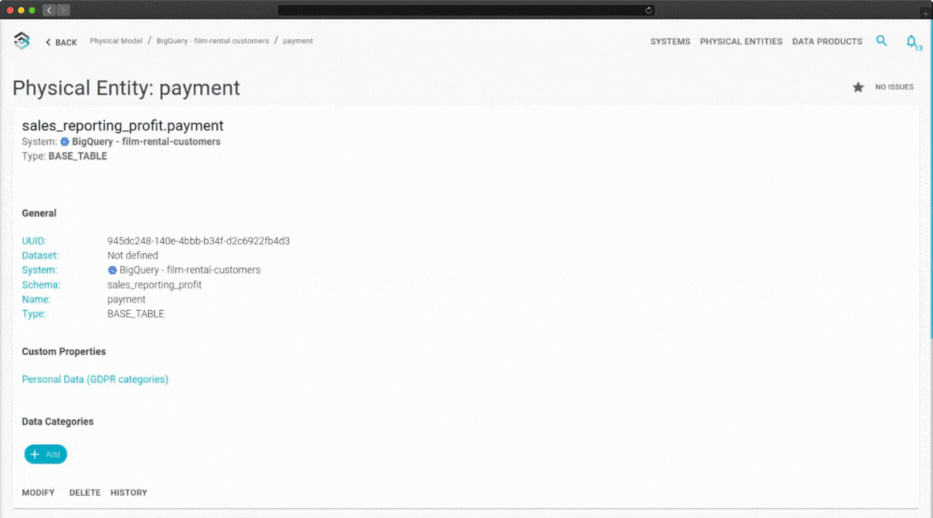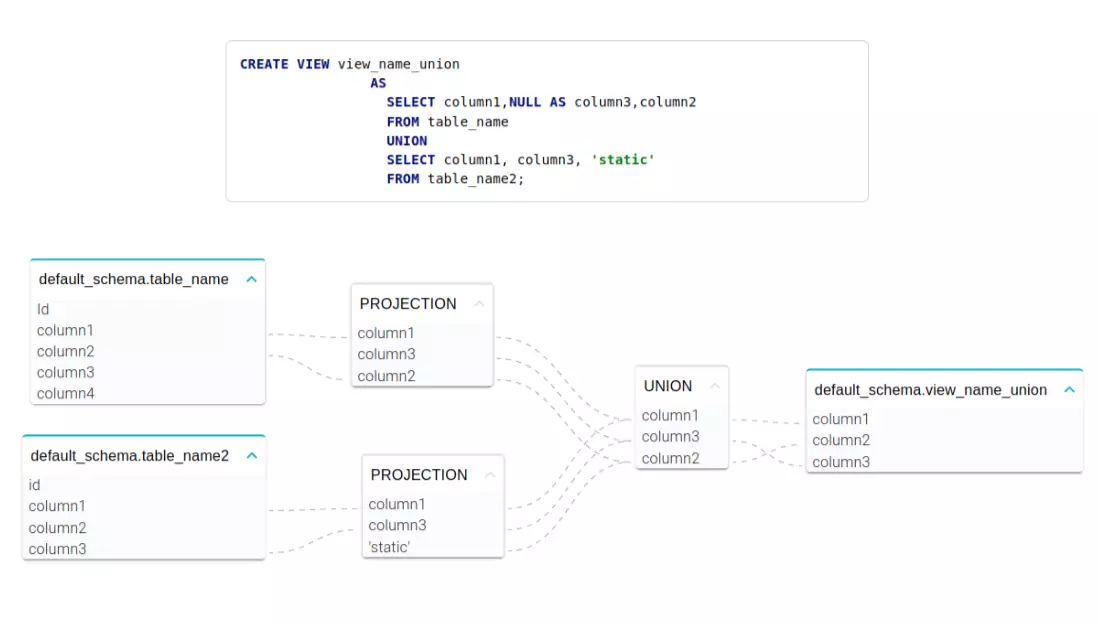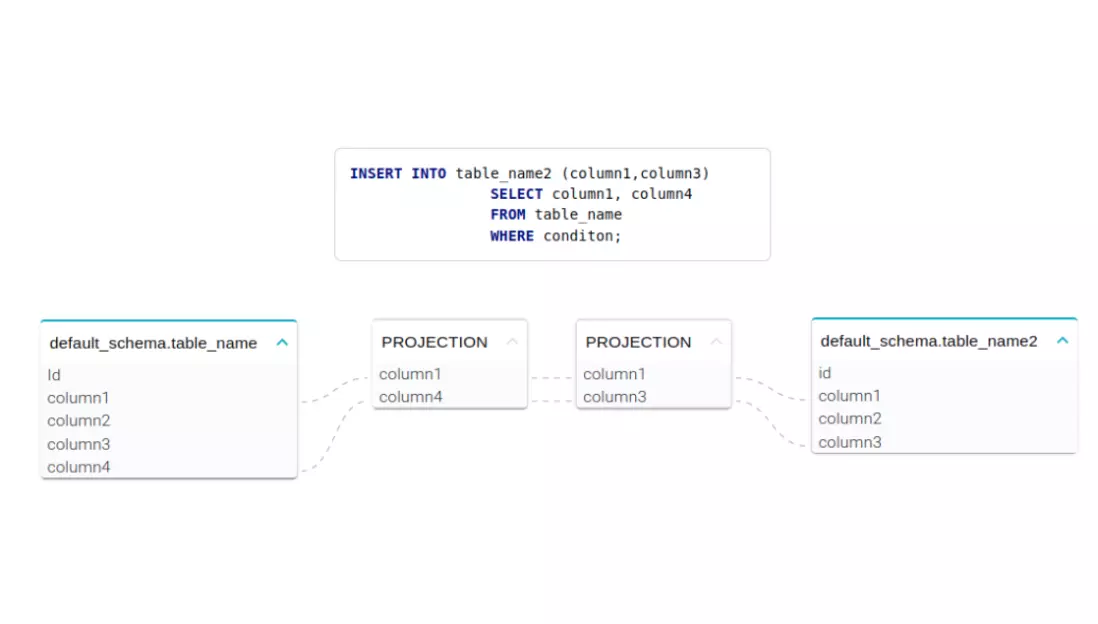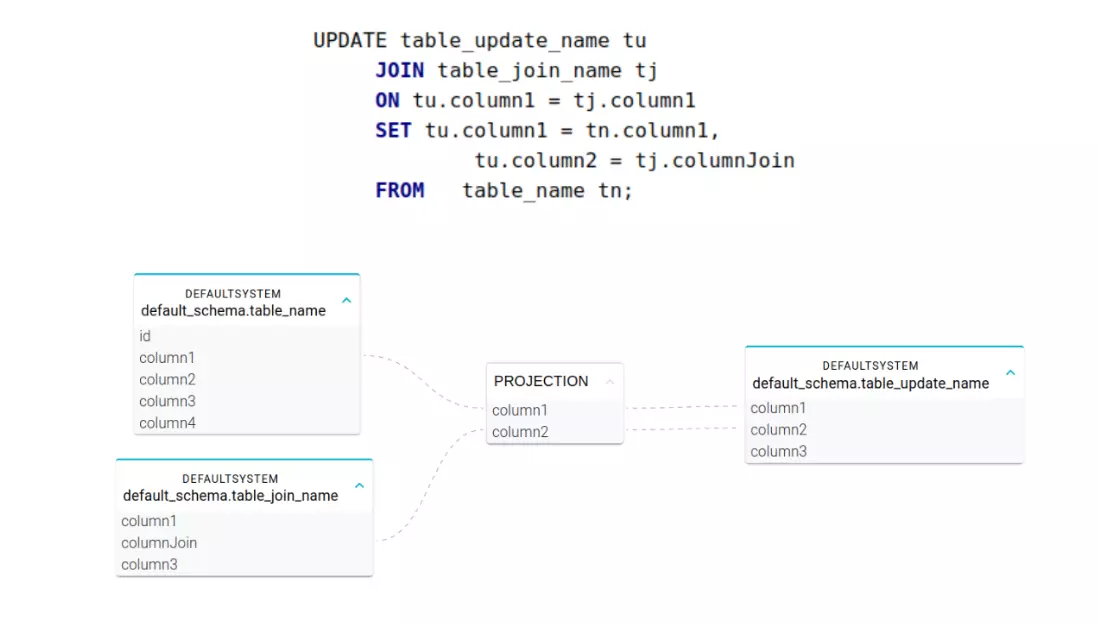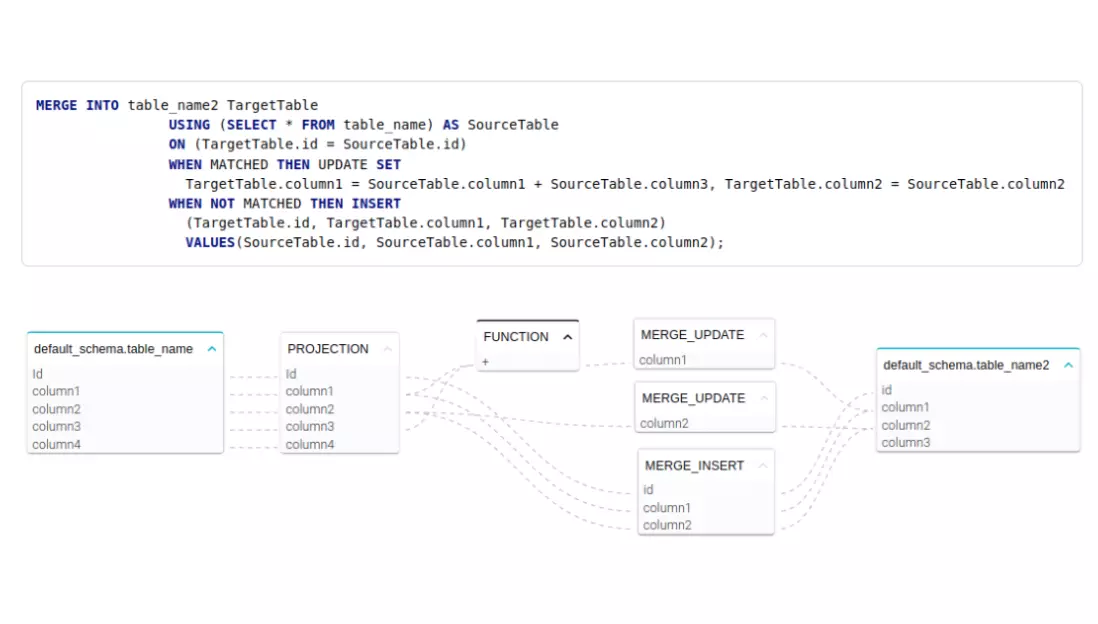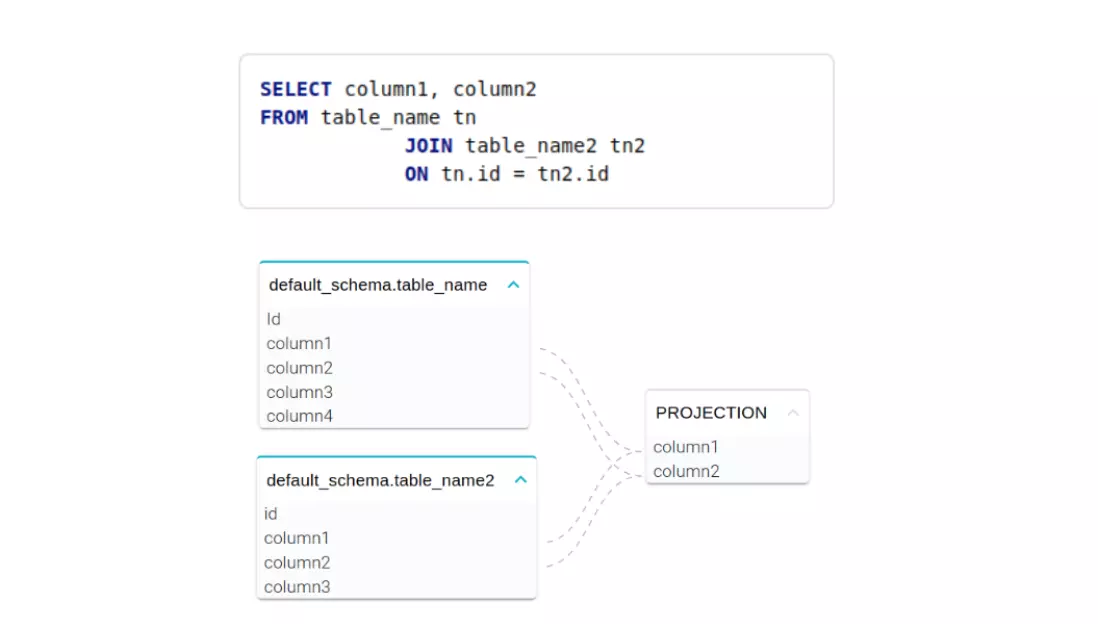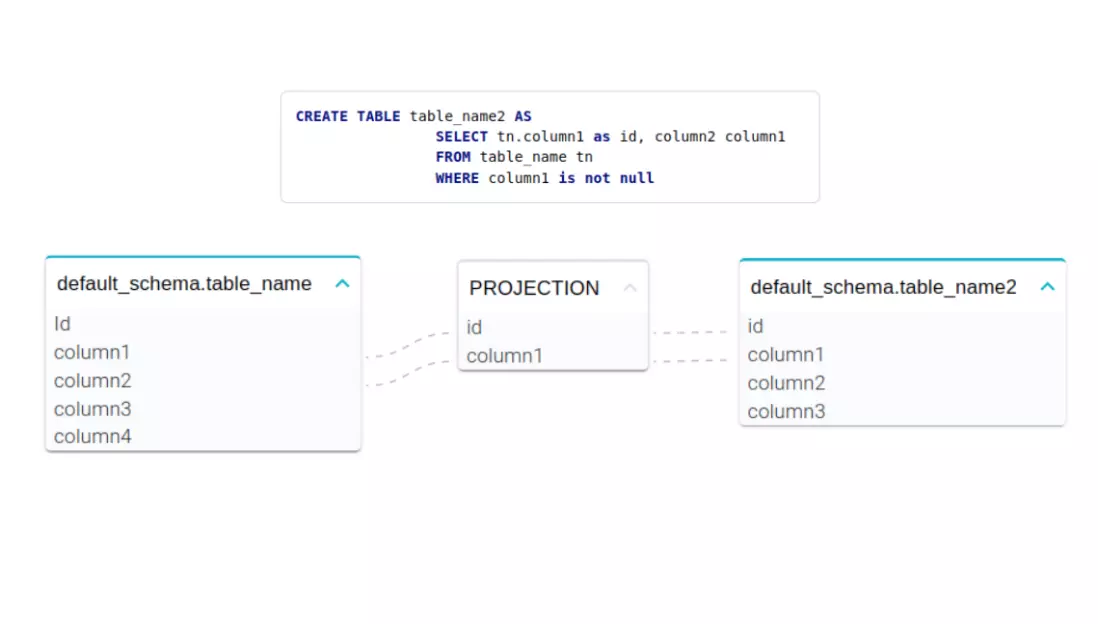Overview
Blindata SQL Lineage empowers you to efficiently oversee and monitor data movements, accelerating root cause analysis and impact assessment. This user-friendly and highly configurable software module ensures seamless customization to align with your unique requirements. Additionally, the open API of Blindata facilitates effortless integration into your existing tech stack, enhancing its versatility and adaptability.
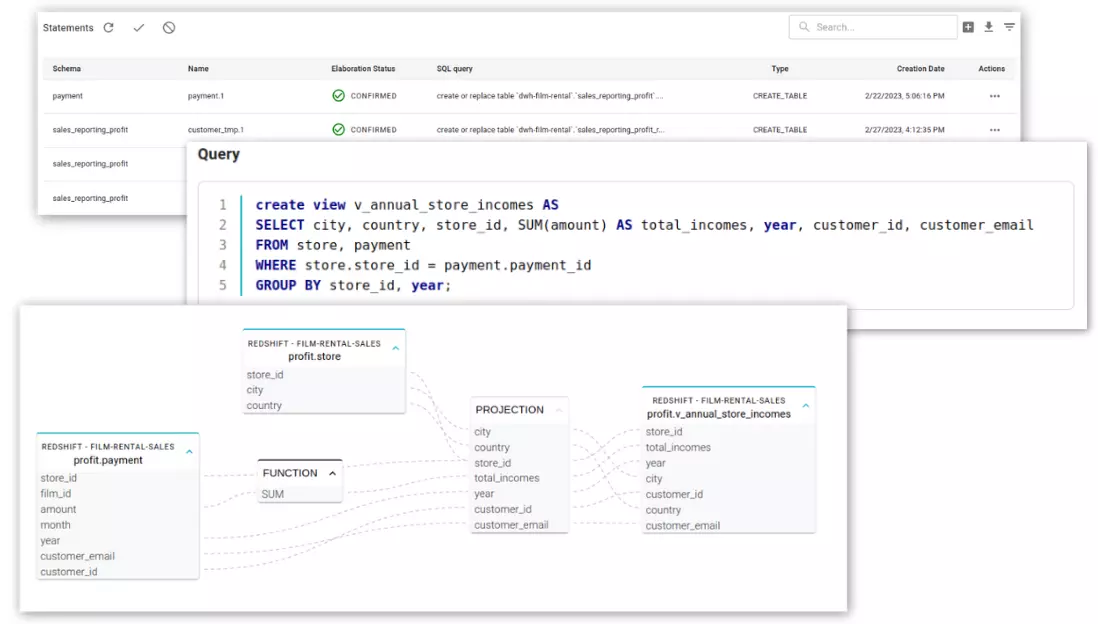
Features
The automated SQL parser within Blindata generates a SQL syntax tree that vividly illustrates data flows and transformations present in the statements. Subsequently, it streamlines this representation by eliminating transformations, crafting a concise lineage graph that exclusively links tables and columns.
Enhancing user accessibility, the lineage visualization incorporates drill-down capabilities. This feature empowers users to swiftly identify the script or routine responsible for generating a specific dataflow. Furthermore, users can easily delve into transformation details with just a few clicks, facilitating a comprehensive analysis of the underlying processes.
Blindata’s SQL Lineage module employs automated SQL parsing to enhance user understanding of data flows and transformations within SQL statements. By utilizing schema metadata and SQL statements, it constructs a detailed SQL syntax tree that precisely illustrates these dynamics.
Users benefit from the simplicity of comprehending the intricacies of data flows and transformations within their SQL statements even in the most complex scenarios.
Moreover, Blindata offers a versatile approach to script analysis, incorporating automatic, manual, and markup comment-driven methods. These techniques enable effective identification of SQL statements within scripts. Users can opt for instantaneous generation of data flows at the catalog level or choose to meticulously review each routine or statement based on their specific needs. This adaptable approach ensures users can tailor their analysis method to align with their unique requirements.
The comprehensive lineage representation provides a thorough overview of data lineage, encapsulating all transformations made within a SQL statement. This representation serves to enhance the clarity of intricate statements and expedites the problem-solving process.
Conversely, the condensed lineage representation prioritizes dependencies by removing transformations and constructing a lineage graph connecting tables and columns. This streamlined representation offers a clearer perspective of data lineage, simplifies the analysis process, and facilitates the swift identification of issues that demand attention.
How to
Data Catalog Crawling
Extraction and loading of schema information: tables and columns definitions.
Analyze Views
Analysis of views definitions through SQL automatic parsing.
Analyze Procedures and Query Log
Analysis of routines and sql statements form executions logs, through automatic query parsing.
Augment data lineage
Fill the gap between different systems through the link between different data sources.
